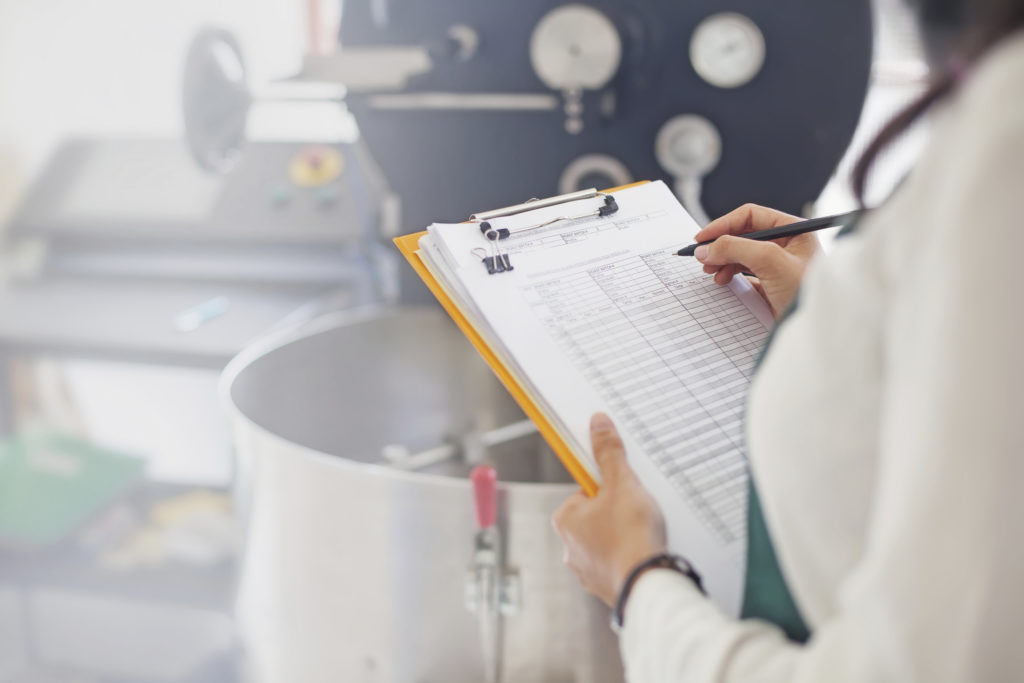A Supplier Audit is how organisations determine that the businesses they work with meet their expectations – usually for the quality of their services. Suppliers can make your work easier, but if they are performing badly, this has a knock-on effect for your business such as extended timescales and the introduction of product defects.
As well as being a requirement for businesses that are ISO 9001 certified, performing Supplier Audits ensures that your suppliers are working to the same standards that you are. This can save you money by identifying recurring problems, which facilitates continual improvement of both businesses.
If you decide to audit the companies you work with, here are some practical tips to help you prepare for a Supplier Audit, ensuring that you get the most out of the process.
Before the Audit
1. Prepare a supplier audit program
Preparation is key with any audit, and Supplier Audits are no different. A detailed supplier audit program will ensure that the process runs smoothly.
Firstly, determine when and how often you need to audit your suppliers. Then, decide which areas you will be looking at – will you need a full audit of all processes or should the audit focus on a few key areas?
This information will define the scope of an audit – what is being reviewed and what resources are required to perform that audit. A well-defined scope means that the right technical and human resources are available and the auditor knows exactly what they are looking at, enabling them to prepare for the audit successfully.
 2. Prepare a checklist
2. Prepare a checklist
An audit checklist allows for consistency both during the audit and for future audits. The checklist should include which processes are being looked at and what evidence is needed to prove that the process is working as expected.
Where processes have specific targets, it’s useful to have these listed so that the auditor can refer to them during their visit.
A checklist could also include a scoring system, rather than Pass/Fail values, to reflect the success or otherwise of the process being looked at. This is especially useful for quantifiable data that has specific targets, as you can determine the level of success/failure quickly by looking at a score rather than the raw figures.
During the Audit
3. Audit management
Start with an opening meeting to explain the purpose of your visit and set the supplier’s expectations. You should cover what people, equipment and areas you will need access to, as well as explaining what areas the audit will cover.
When conducting the audit, it’s important to adhere to the purpose of the audit defined in the audit scope – especially if only a particular set of processes is being reviewed. Despite this, part of managing an audit successfully comes from flexibility. Not everything will go to plan all the time, so a good auditor will be adaptable and familiar enough with the area being audited to adjust the audit should schedules or the audit scope change.
During an audit, documents will be reviewed and processes observed in order to gather evidence, but it’s also important to interview the supplier and take their comments on board. Record the names and titles of anyone you speak to as part of your evidence-gathering.
Finish the audit with a wrap-up meeting. This is to quickly sum up what you have found, and go over the items that you will include in your final report. In this way, nothing will come as a surprise to the supplier.
After the Audit
 4. Reporting
4. Reporting
Once an audit has been carried out, its results should be documented in a report. An important part of the report is the documentation of the evidence found during the audit. Evidence should be recorded in a way that allows for easy review later on, and if quantitative data is being gathered the report should also record the target/expected figures.
Corrective and preventative actions that were discussed and agreed during the audit should also be included in the report, including any general recommendations the auditor believes should be considered by the supplier.
If a supplier is outsourcing some of their work, make sure to record this in the report. Your supplier will need to prove that this outsourced work also meets your quality objectives – if they can’t, it may be necessary to perform an audit of the other company’s systems too.
5. Follow-up and review
The final part of any audit is the review phase – a formal meeting to establish if the agreed corrective actions have been implemented on time and successfully.
During this meeting, the results of the audit, and actions from previous audits, are examined and follow-up actions assessed for success. It is also used to to see if there are repeating issues or other indicators of a larger problem.
This formal meeting between both organisations is a perfect opportunity to agree mutually beneficial process changes or goals, improving quality for both businesses and strengthening collaboration and communication.
QMS can audit your suppliers for you through our third party auditing service. Whether you you are looking for a complete audit of their systems or a bespoke audit covering your specific risk management requirements, our skilled and experienced auditors can help you.
To discuss our third-party auditing service further, please contact us today: call 0333 344 3646 or complete our online enquiry form.
